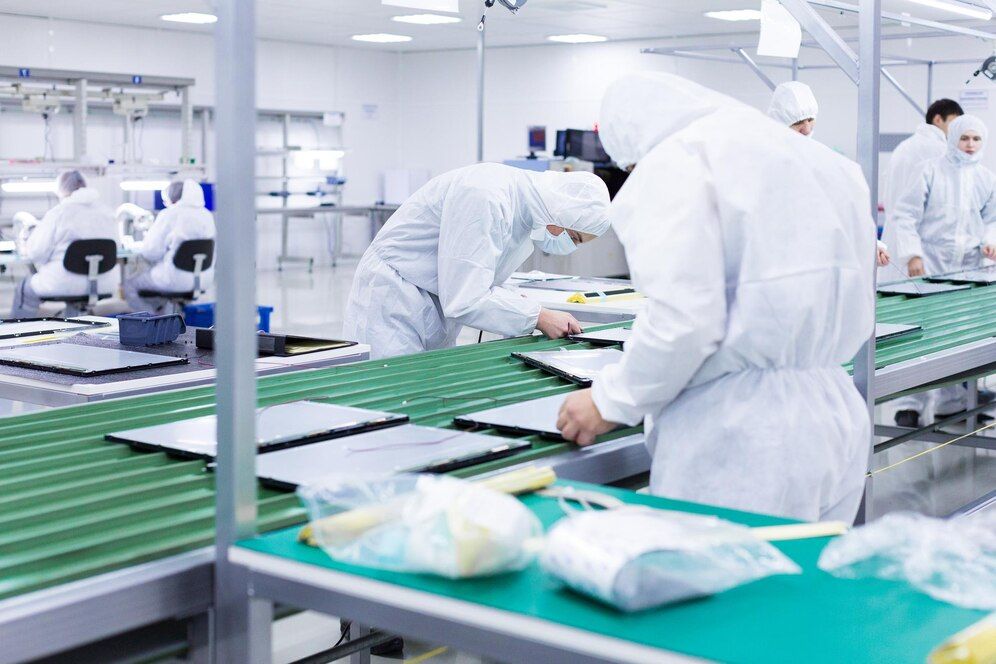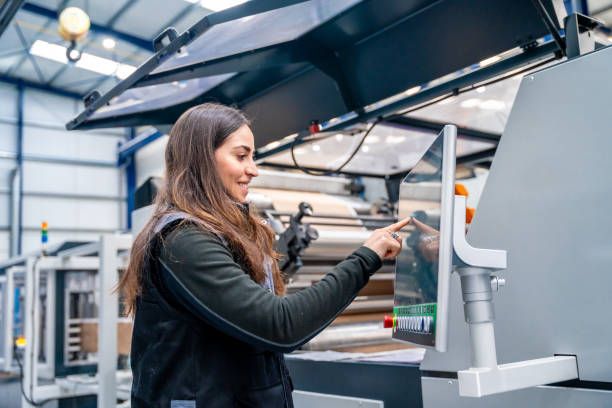Unlock your product's potential with our One-stop solutions!
+86-755-83222882

GET QUOTE
What are the Quality Checks for Injection Molding?
Injection molding is a pivotal process in the manufacturing of countless plastic products, ranging from simple household items to complex components used in advanced technologies. Ensuring the quality of these products is paramount, as it directly influences performance, durability, and customer satisfaction. This article delves into the various quality checks for injection molding, highlighting the importance of stringent inspection procedures to maintain high standards in production.
Introduction to Injection Molding
Injection molding is a manufacturing process that involves injecting molten plastic into a mold cavity. The plastic then cools and hardens, taking the shape of the mold. This method is widely used due to its ability to produce high volumes of parts with excellent consistency and precision. However, achieving optimal quality in injection molding requires meticulous attention to detail and rigorous inspection processes.
The Importance of Quality Inspection in Injection Molding
Quality inspection in injection molding is crucial for several reasons. Ensuring consistency in each product to meet specified standards and dimensions is fundamental. Reliability is another key aspect, as maintaining the integrity and performance of the final product is essential. Cost efficiency comes into play by reducing waste and minimizing the need for rework. Above all, customer satisfaction is paramount, with quality inspection ensuring that products meet or exceed expectations. With these goals in mind, manufacturers employ a range of quality checks for injection molding to detect and address potential issues.
Key Quality Checks for Injection Molding
1. Visual Inspection
Visual inspection is the first line of defense in quality control. Operators examine molded parts for obvious defects such as:
- Surface imperfections: Scratches, burns, or discolorations.
- Warpage: Distortion of the part due to uneven cooling or material stress.
- Short shots: Incomplete filling of the mold, resulting in missing sections.
While visual inspection is relatively straightforward, it is essential for catching obvious flaws early in the process.
2. Dimensional Inspection
Dimensional inspection ensures that the parts meet precise measurements and tolerances. This involves using tools such as calipers, micrometers, and coordinate measuring machines (CMMs) to verify dimensions against design specifications. Key aspects include:
- Critical dimensions: Checking features that are vital for the part's function.
- Tolerance analysis: Ensuring dimensions fall within acceptable limits to guarantee proper fit and assembly.
3. Material Verification
Material verification is a crucial step in maintaining the integrity of the injection molding process. This involves:
- Resin verification: Ensuring the correct type and grade of plastic resin is used.
- Moisture content: Checking that the resin is adequately dried to prevent defects such as voids or bubbles.
Advanced techniques, such as spectroscopy, can be employed to analyze the chemical composition of materials and confirm their suitability for the intended application.
4. Process Monitoring
Process monitoring involves continuously observing and adjusting the parameters of the injection molding process. Key parameters to monitor include:
- Temperature: Ensuring consistent heating and cooling cycles.
- Pressure: Maintaining appropriate injection and holding pressures.
- Cycle time: Optimizing the timing of each phase to enhance efficiency and quality.
Modern injection molding machines are equipped with sensors and software that provide real-time data, allowing operators to make adjustments on the fly and prevent defects before they occur.
5. Functional Testing
Functional testing evaluates the performance of the molded part in its intended application. This can include:
- Mechanical testing: Assessing strength, flexibility, and durability.
- Thermal testing: Checking the part's ability to withstand temperature variations.
- Chemical resistance: Ensuring the part can resist exposure to various chemicals.
Functional testing is critical for applications where the part will be subjected to demanding conditions.
6. Non-Destructive Testing (NDT)
Non-destructive testing methods allow for the inspection of internal features without damaging the part. Common NDT techniques include:
- Ultrasonic testing: Using high-frequency sound waves to detect internal flaws.
- X-ray inspection: Providing detailed images of the part's internal structure.
- CT scanning: Offering three-dimensional views to identify voids, inclusions, or other anomalies.
NDT is particularly useful for complex or high-value parts where maintaining integrity is essential.
7. Statistical Process Control (SPC)
Statistical Process Control (SPC) involves using statistical methods to monitor and control the injection molding process. Key elements of SPC include:
- Control charts: Tracking process variables over time to identify trends or shifts.
- Capability analysis: Assessing the process's ability to produce parts within specified tolerances.
- Root cause analysis: Identifying and addressing the underlying causes of defects.
By implementing SPC, manufacturers can achieve higher levels of consistency and reduce variability in production.
Advanced Quality Inspection Techniques
As technology advances, so do the methods for quality inspection in injection molding. Some of the latest innovations include automated inspection systems, which use robotics and machine vision to perform high-speed, high-accuracy inspections. Artificial intelligence (AI) employs machine learning algorithms to predict defects and optimize process parameters. 3D scanning captures detailed surface and dimensional data for comprehensive analysis. These advanced techniques offer enhanced precision and efficiency, further improving the quality and reliability of injection-molded parts.
Best Practices for Ensuring Quality in Injection Molding
To achieve the highest standards in injection molding quality inspection, manufacturers should adopt comprehensive training for operators and inspectors, ensuring they are well-versed in both the fundamentals and advanced aspects of quality inspection. Regular calibration of inspection equipment is essential to maintain accurate measurements. A culture of continuous improvement, leveraging data and feedback to refine processes and reduce defects, should be implemented. Additionally, working closely with material and equipment suppliers ensures consistency and quality at every stage of production.
Conclusion
Quality inspection in injection molding is a multi-faceted process that plays a critical role in ensuring the reliability, performance, and satisfaction of plastic products. By employing a combination of visual, dimensional, material, and functional inspections, along with advanced techniques and statistical methods, manufacturers can maintain the highest standards of quality. Understanding and implementing these quality checks for injection molding not only enhances product integrity but also drives efficiency and customer confidence.
For those seeking the highest standards in injection molding services, SZOMK is an excellent choice. SZOMK offers professional plastic injection molding services that cover every stage of production, from mold design and development to precision injection molding and surface finishing. Their comprehensive services include part design optimization, cost analysis, material selection, and product testing, ensuring the delivery of superior manufacturing solutions. By leveraging their extensive experience and state-of-the-art technology, SZOMK ensures that every product meets the most stringent quality standards. Choose SZOMK for your injection molding needs and experience the highest level of quality and service in the industry.


